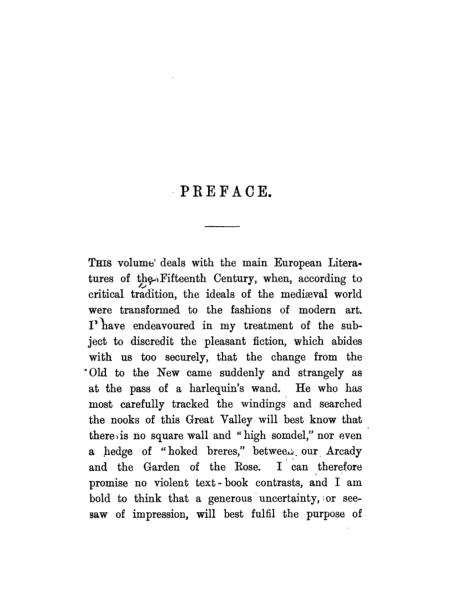The Symbolism and Controversy Surrounding the Upside Down Cross of St. Peter
#### Understanding the Upside Down Cross of St. PeterThe **upside down cross of St. Peter**, also known as the Petrine Cross, is a powerful symbol that has……
#### Understanding the Upside Down Cross of St. Peter
The **upside down cross of St. Peter**, also known as the Petrine Cross, is a powerful symbol that has been used throughout history to represent various themes, including humility, martyrdom, and the inversion of traditional Christian values. According to Christian tradition, St. Peter was crucified upside down at his request, believing himself unworthy to die in the same manner as Jesus Christ. This act of humility has transformed the upside-down cross into a symbol of faith and sacrifice for many, while also attracting a range of interpretations and controversies.
#### The Historical Context of the Upside Down Cross of St. Peter
The origins of the **upside down cross of St. Peter** can be traced back to the early Christian church. St. Peter, one of Jesus' closest disciples, was a foundational figure in Christianity, and his martyrdom is a significant event in Christian history. According to tradition, when St. Peter was sentenced to death by crucifixion, he requested to be crucified upside down, as he felt unworthy to die in the same way as Christ. This selfless act has led to the upside-down cross becoming a symbol of humility and the ultimate sacrifice for one's faith.
#### Modern Interpretations and Misconceptions
In contemporary culture, the **upside down cross of St. Peter** has been misappropriated and often misunderstood. While it is a symbol of humility for many Christians, it has also been adopted by various subcultures, including some segments of the heavy metal music scene, where it is sometimes used to represent rebellion against conventional religious beliefs. This has led to significant controversy, as many people associate the upside-down cross with satanic or anti-Christian sentiments, which diverges significantly from its original meaning.
#### The Upside Down Cross in Popular Culture

The **upside down cross of St. Peter** has made appearances in various forms of media, including films, music, and literature. In horror films, the symbol is often used to evoke a sense of evil or the supernatural, further complicating its interpretation. In music, particularly within the heavy metal genre, the upside-down cross is sometimes used as a form of artistic expression, challenging traditional religious norms and provoking thought about faith and belief.
#### Theological Perspectives on the Upside Down Cross
The theological implications of the **upside down cross of St. Peter** vary widely among different Christian denominations. For many, it remains a powerful symbol of faith and humility, a reminder of the sacrifices made by early Christians. However, others view its modern interpretations with skepticism, arguing that its association with rebellion and anti-establishment sentiments detracts from its original significance. This divergence in understanding underscores the complexity of symbols in religious contexts and how they can evolve over time.

#### Conclusion: Embracing the Complexity of the Upside Down Cross
The **upside down cross of St. Peter** serves as a fascinating example of how symbols can carry multiple meanings across different contexts. While it is rooted in a profound act of humility and sacrifice, its modern interpretations can evoke a range of emotions and responses. Understanding the historical and cultural significance of this symbol can foster deeper discussions about faith, identity, and the ways in which we interpret religious imagery in contemporary society. Whether viewed as a representation of martyrdom or a controversial emblem of rebellion, the upside-down cross continues to spark dialogue and reflection among believers and skeptics alike.